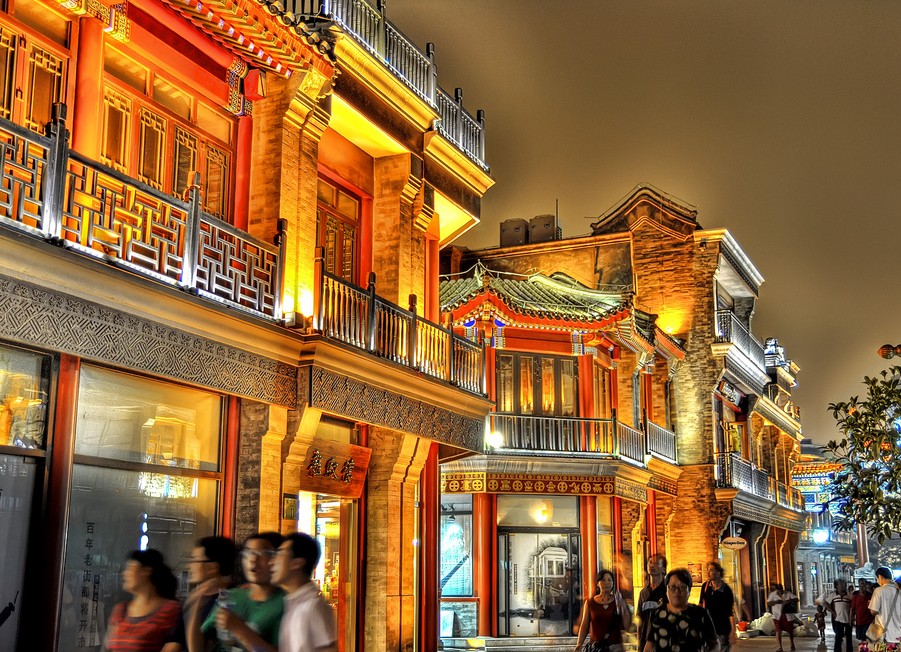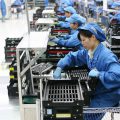Consumption does not break records as expected; it does grow, but reluctantly. The country looks hesitant to push its internal component of the total demand and poses a big question mark on the future. After the outbreak of the financial crisis in 2008, the fear for external contagion ignited hopes for domestic consumption stimulation. The rationale behind the choice was simple and dramatic at the same time: replace the western consumers with the local ones; Steer the internal rather than external engine of the titanic industrial machine. It’s a catastrophic alternative for employment rate, with thousands of factories shut down. Fiscal incentives and mainly a reform of the welfare state were the tools taken into consideration. Chinese were, and still are, prudent in spending. They don’t know what the future will bring, when the “iron bowl of rice” is no longer guaranteed. The population is richer but ironically less prone to consumerism.
Three years later, the target of stimulating domestic consumption has been achieved only partially. It is a minor blow for a country used to collect records with cold determination. Private consumption rose in absolute terms, as a consequence of the GDP’s growth. Their increase, though, was smaller than the GDPs’s itself. In the first nine months of 2011, households’ consumption grew by 6.7% yoy, while the national wealth marked a significant +9.4%. Thus, the former’s contribution to the latter decreased substantially. In other words, share of consumption decreased vis-à-vis other components of GDP. The relative decline of consumption seems unstoppable, since 1994, the year in which it peaked at around 37%. Since then, its share of GDP declined to reach 33.2% in 2010. The same destiny is reserved for the disposable income. The Chinese situation is opposite to the one in the USA.
In reality, Beijing is still heavily dependent, too much, on investments. Beijing breaks the wrong records: steel, cement, iron, toys, garments, and footwear. The world neither domestically nor internationally is ready to absorb a consistent 25% increase in the supply side. It’s still a wishful thinking that the rise of the domestic market should be achieved with an improvement in quality. The interests are stubbornly concentrated in lucrative sectors such as manufacturing, infrastructure and property. These activities do not favor consumption, because profits are clutched in the same hands rather than distributed out. The role of SOE’s is not at all diminished and they still hold 2/3 of profits for the listed companies. In addition, the wealth coming from opaque channel for local entities engaged in construction is still very high.
There’re a couple of reasons for Beijing’s relative ineffectiveness. Firstly, the mechanism promoted some decades back is now too powerful to be amended. The cycle saving-investment-production is still the lifeline of China’s economy. To limit it is difficult, rich provinces in particular. Secondly, the needed reforms are more political than economical. They require a strong ruling class. It is very likely that nothing dramatic will take place in China before the next CCP’s Congress, to be held in October. After the new leader and premier will be in charge – no surprise is in sight for Xi and Li – vital decisions are to be made. The helm will go again to politics. No other choice is given when a system is to be refurbished. The paradox is that system worked very well, but now proves inadequate to the new challenges. It’s unnecessary to take action now though, investments are critical to push for private consumption. It is a strategic decision to be taken for the sake of the country. The Stock Exchanges too will benefit from this dynamism, after it’s lowest in Shanghai in three years.




















Lascia un commento